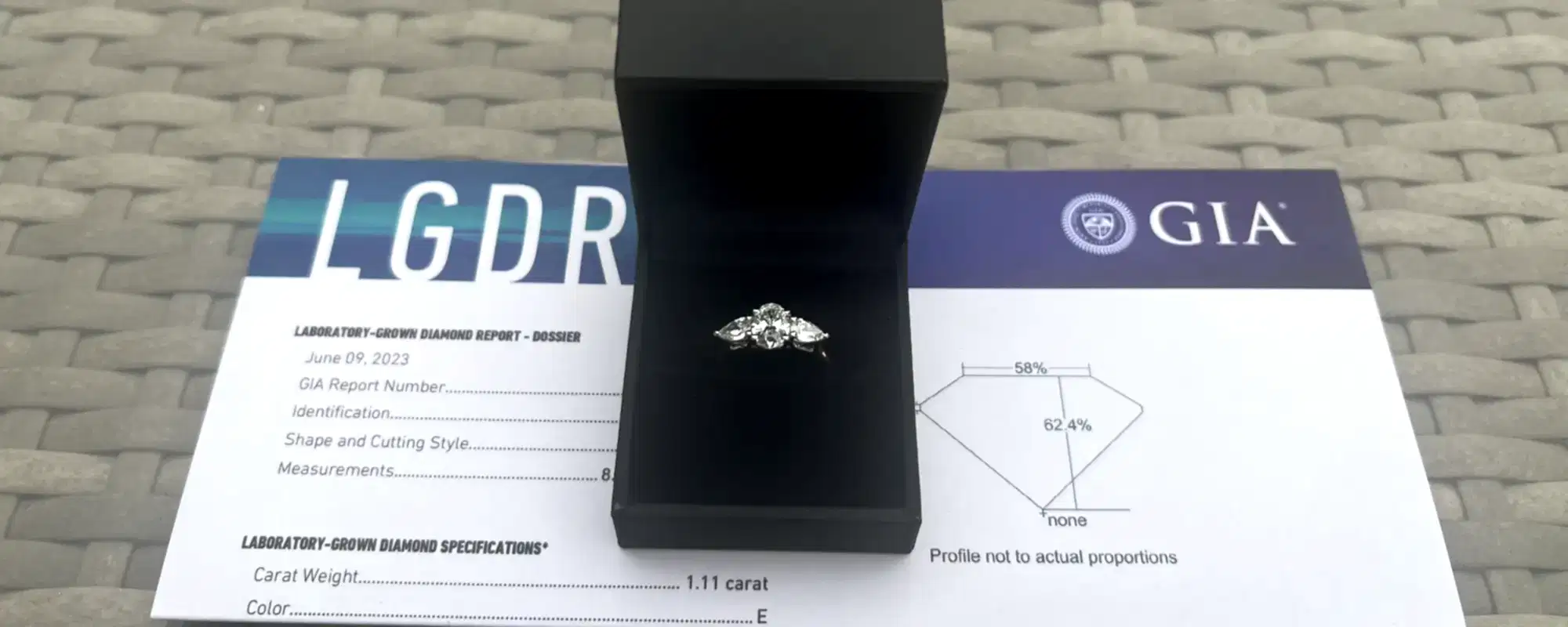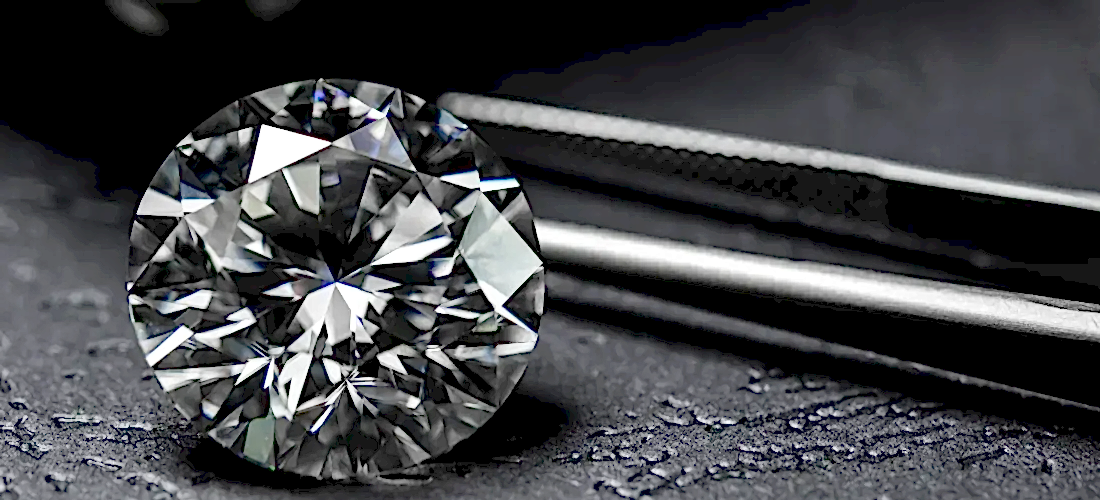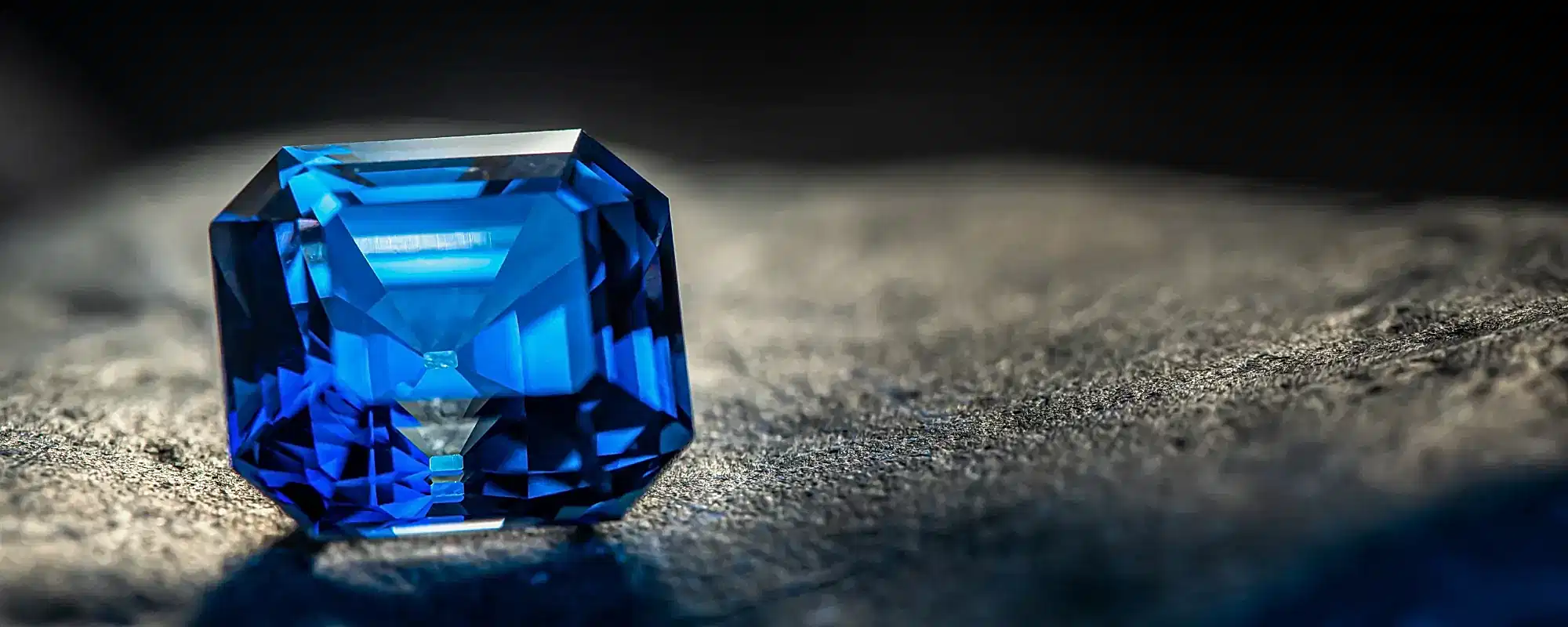The Future of Diamonds: Lab-Grown Diamonds
There is much debate on the future of diamonds: is a Lab-grown diamond a real diamond or not?
The best way to understand what is happening here is to think of the two diamonds like this.
Laboratory-grown diamonds can be likened to the ice cubes made in your refrigerator, whereas natural diamonds resemble the ancient ice formed in glaciers. They are both essentially the same in composition, yet they possess vastly different histories and timescales of formation.
Ice is still ice whichever way it was formed, and a lab-grown diamond is a real diamond like its natural counterpart. Therefore, the difference is a natural diamond has a history of billions of years behind it.
The Future of Diamonds
Let’s dive deeper into the future of diamonds, exploring the rise of lab-grown gems in the jewellery industry. Simultaneously, these diamonds, also known as man-made or synthetic, emerge from laboratories where advanced technologies replicate the natural diamond-growing process.
This innovation has stirred debates among consumers and experts. In this blog post, Jewellery Designer David Law delves into the world of lab-grown diamonds, highlighting their pros and cons.
Lab-Grown Diamonds Explained
Lab-grown diamonds boast the same physical, chemical, and optical properties as their natural counterparts. The process involves a carbon “seed” placed in a chamber that simulates the Earth’s mantle conditions. Extreme heat and pressure cause carbon atoms to crystallise, forming a beautiful, ethical, and sustainable diamond.
Advantages of Lab-Grown Diamonds
Ethical and Sustainable
Lab-grown diamonds stand out for their ethical and sustainable nature. Unlike traditional diamond mining, which often harms the environment and communities, lab-grown diamonds use minimal land and avoid ecological damage.
Cost-Effective
These diamonds also offer affordability. With fewer resources needed for production, their lower cost benefits consumers, making high-quality diamonds more accessible.
Quality and Variety
Lab-grown diamonds match natural diamonds in brilliance, clarity, and hardness. They also provide diverse size, colour, and shape options, catering to those seeking unique, personalised jewellery.
Challenges Facing Lab-Grown Diamonds
Perception and Value
One challenge is the perception of value. Natural diamonds’ rarity and history have cemented their status. At the same time, some may view lab-grown diamonds as less valuable or sentimental. Yet, as awareness grows, this view is changing.
Size Limitations
Currently, lab-grown diamonds have size limitations, especially for larger carats. However, ongoing technological advancements are expanding these boundaries.
The Future of Lab-Grown Diamonds
With evolving technology and production methods, lab-grown diamonds are poised to become a significant part of the diamond industry, particularly Bespoke Engagement Rings. Their ethical stance, affordability, and quality position them as a desirable alternative for environmentally conscious consumers. As awareness and acceptance grow, they are set to redefine the industry’s values.
Conclusion: 2024 Jewellery Trends
Lab-grown diamonds mark a shift towards sustainability, affordability, and innovation in the diamond industry; moreover, they offer a compelling choice for those who value beauty and responsible sourcing. With technological progress and the changing market dynamics, lab-grown diamond engagement rings are on track to become a mainstream choice for jewellery enthusiasts.
About David
As an independent Bespoke Jewellery Designer and Maker with over 40 years in the industry, I offer a unique perspective on the future of diamonds. And with no vested interest in either type of diamond, my insights are unbiased and rooted in extensive experience.
I would love to hear from you if you want to chat and discuss everything diamonds. SCHEDULE A CALL





